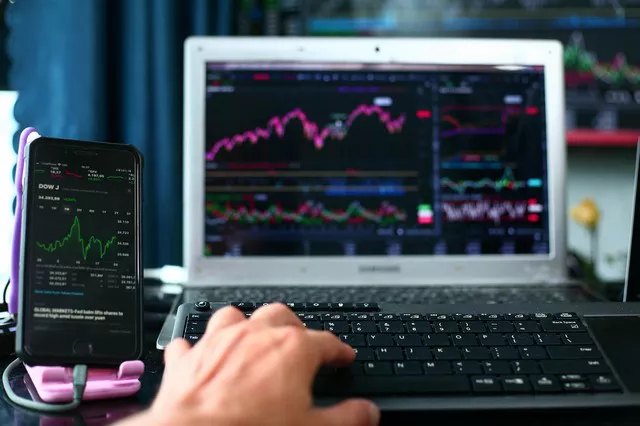Introduction to Corn Futures
Corn futures play a pivotal role in commodity markets, serving as a vital tool for producers, consumers, and speculators alike. As a derivative financial instrument, corn futures enable participants to hedge against price fluctuations in the corn market, providing stability and risk management for stakeholders across the agricultural industry.
CME Group’s Role
CME Group stands as the preeminent exchange for corn futures, offering a transparent and regulated marketplace for participants to engage in price discovery and risk management. As the world’s leading and most diverse derivatives marketplace, CME Group provides a robust platform for trading various agricultural commodities, including corn futures contracts.
Detailed Trading Hours
Trading hours for corn futures on the Chicago Mercantile Exchange (CME) are structured to accommodate global participation and liquidity. The trading session for corn futures typically begins at 9:30 a.m. Central Time (CT) and concludes at 1:20 p.m. CT, Monday through Friday. Additionally, the CME offers a pre-market trading session, known as the electronic trading session, which starts at 7:00 p.m. CT the evening before the open outcry session and runs until the open outcry session begins.
Time Zone Information
Understanding the time zone differences is crucial for global traders looking to participate in corn futures trading on the CME. Since the CME is based in Chicago, traders need to adjust their local times accordingly. For instance, traders in New York would need to account for the one-hour time difference (Eastern Time) when engaging in corn futures trading activities.
How to Trade
Accessing the CME for trading corn futures can be accomplished through various channels, including brokerage firms and online trading platforms. Traders can choose to execute trades electronically through the Globex platform or participate in the open outcry session conducted on the trading floor of the CME. Additionally, many brokerage firms offer online platforms that allow traders to access and trade corn futures contracts remotely.
Impact of Market Reports
Market reports, particularly those released by the United States Department of Agriculture (USDA), exert a significant influence on trading hours and market activity in corn futures. USDA reports, such as the Crop Production Report and the World Agricultural Supply and Demand Estimates (WASDE), contain crucial information regarding crop yields, supply and demand dynamics, and production forecasts. Traders closely monitor these reports for insights into market fundamentals, which can lead to increased volatility and trading activity during and after their release.
Holiday Schedules
During U.S. national holidays, trading hours for corn futures on the CME may be subject to modification. It is essential for traders to stay informed about holiday schedules and any adjustments to trading hours to avoid disruptions to their trading activities. The CME Group typically publishes holiday trading schedules well in advance, allowing traders to plan accordingly.
Trading Strategies and Hours
Different trading hours can impact trading strategies in corn futures markets. For instance, the pre-market electronic trading session offers opportunities for traders to react to overnight developments and news releases, potentially influencing their trading decisions for the regular trading session. Moreover, the liquidity and volatility levels may vary across different trading hours, prompting traders to adjust their strategies accordingly.
Risk Management
Understanding trading hours is integral to effective risk management in corn futures trading. By knowing when the market is open and when liquidity may be highest or lowest, traders can execute their trades with greater precision and mitigate the risk of unfavorable price movements. Additionally, staying informed about holiday schedules and market reports enables traders to anticipate and manage potential market disruptions effectively.
Conclusion
In conclusion, grasping the intricacies of trading hours for corn futures on the CME is essential for participants looking to navigate the market successfully. From understanding the role of corn futures in commodity markets to recognizing the impact of market reports and holiday schedules, traders must possess a comprehensive understanding of the factors that influence trading activity. By leveraging this knowledge and adopting sound risk management practices, traders can optimize their trading strategies and enhance their chances of success in corn futures markets.


